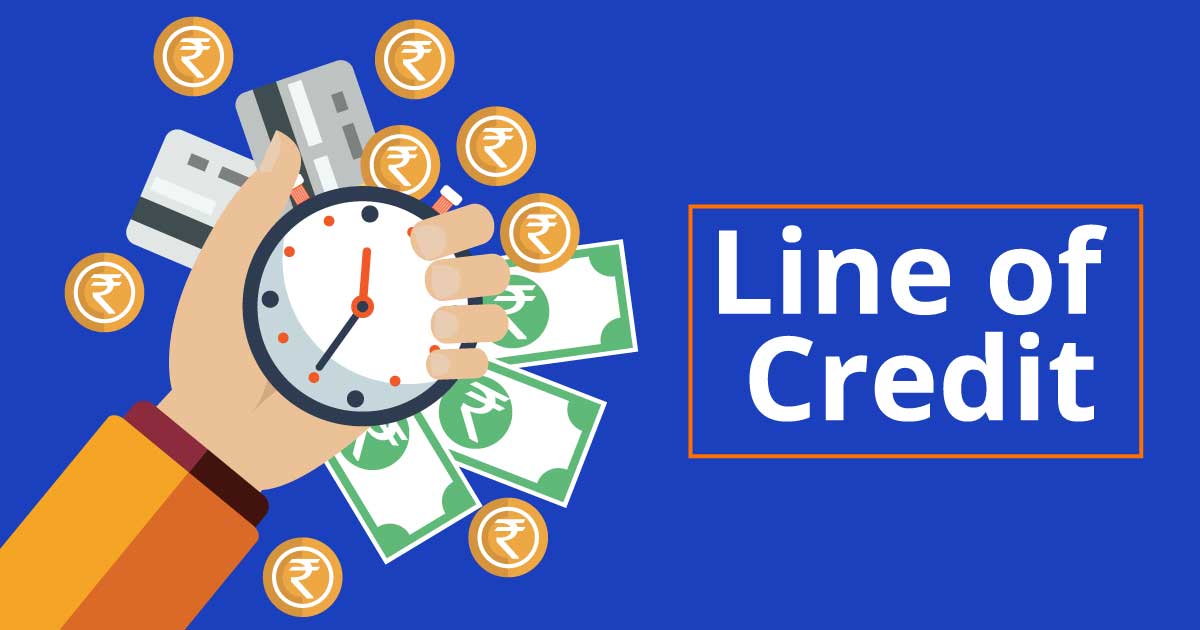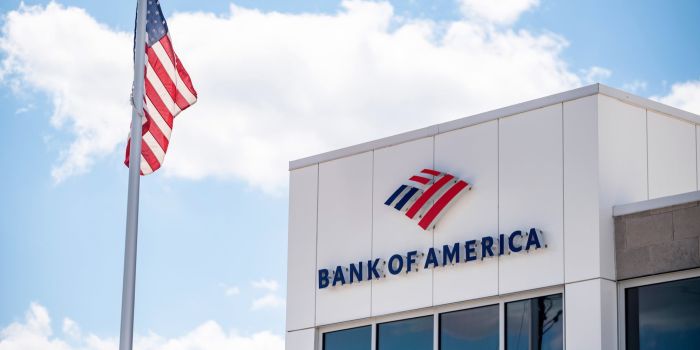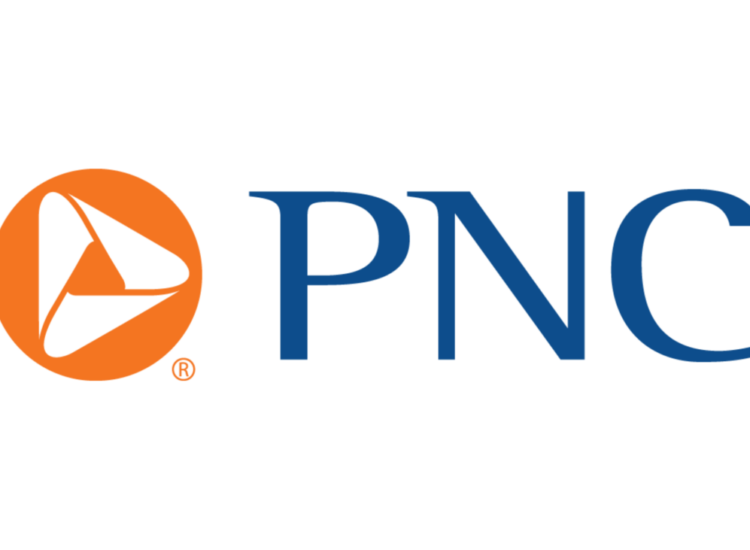The business world is ever-changing and dynamic, requiring companies to constantly adapt and evolve in order to stay competitive. In such an environment, having access to flexible financing options can be crucial for businesses to survive and thrive. One such option that has become increasingly popular among small and medium-sized enterprises (SMEs) is the business line of credit loan.
Toc
A business line of credit loan is a type of revolving credit that allows a borrower to access funds up to a predetermined limit as needed, similar to how a credit card works. This flexibility makes it an attractive financing option for businesses with fluctuating cash flow or seasonal revenue patterns.
Introduction

Navigating the financial landscape can be daunting for small business owners. One tool that stands out for its flexibility and utility is the business line of credit loan. But what exactly is a business line of credit loan, and why is it so crucial for small businesses?
Definition of a Business Line of Credit Loan
A business line of credit loan is a financial product that provides businesses with a predetermined amount of credit that they can access as needed. Unlike a traditional loan that disburses a lump sum up front, a line of credit allows businesses to withdraw funds incrementally, making it a more flexible option for managing day-to-day expenses or unexpected costs. Interest is only paid on the amount withdrawn, which can be particularly advantageous for businesses experiencing variable income or irregular cash flow. This funding solution is ideal for handling short-term financial needs, such as purchasing inventory, covering operational costs, or bridging gaps in cash flow until receivables are collected. By maintaining access to funds, businesses can respond swiftly to opportunities and challenges that arise in the fast-paced commercial environment.
Importance for Small Businesses
Understanding the importance of a business line of credit loan is essential for small businesses striving to maintain stability and growth. For many SMEs, cash flow can be unpredictable due to varying sales cycles, seasonal demand, or unforeseen expenses. A business line of credit provides a safety net, allowing these businesses to manage their cash flow more effectively without the constraints of a traditional loan structure. By having immediate access to funds, small business owners can capitalize on emerging opportunities, purchase necessary inventory, or invest in marketing initiatives to drive sales. Furthermore, this flexibility alleviates the stress associated with financial uncertainties, enabling business owners to focus on strategic growth and operational efficiency instead of constantly worrying about cash shortages. In summary, a business line of credit is not just a financial tool; it is a critical resource that empowers small businesses to navigate the complexities of the market.
How Does It Work?
A business line of credit operates on a simple principle: it provides access to funds up to a specified credit limit that businesses can draw from as needed. To initiate a line of credit, a business must first apply through a lender, which will evaluate the company’s creditworthiness, financial health, and business plan. Once approved, the lender grants a credit limit based on these criteria.
The business then has the flexibility to withdraw funds in increments, similar to a checking account but with a defined upper limit. Interest is charged only on the amount borrowed, which helps businesses manage costs more effectively. For instance, if a company has a line of credit of $100,000 and withdraws $20,000, they will only pay interest on that $20,000 rather than the whole amount. Moreover, as the borrower repays the drawn amounts, that credit becomes available again, allowing for continuous access to funding. This cycle of borrowing and repayment can significantly enhance cash flow management and operational responsiveness for small businesses.
Additionally, lenders typically offer different types of lines of credit, including secured and unsecured options. Secured lines may require collateral—such as inventory or receivables—while unsecured lines do not, usually leading to higher interest rates but less risk for the borrower. Understanding these features will help business owners choose the right type of credit line for their unique needs and strategies.
Understanding the Benefits

Now that we have established what a business line of credit loan is and how it works, let’s dive deeper into the benefits it provides for small businesses.
Flexibility to Manage Cash Flow
As previously mentioned, one of the standout features of a business line of credit loan is its flexibility. Businesses can withdraw funds in increments as needed, allowing them to manage their cash flow more efficiently without being bound by a fixed repayment schedule. This feature can be particularly beneficial during slow sales periods or when faced with unexpected expenses, providing a cushion to maintain smooth operations and avoid cash flow disruptions.
Lower Interest Rates
Compared to other financing options like credit cards or short-term loans, business lines of credit typically have lower interest rates. This is because they are secured by collateral in the case of a default. Additionally, businesses only pay interest on the amount withdrawn, rather than the entire credit limit. These factors can help save significant costs for small businesses in need of short-term funding.
Immediate Access to Funds
Having access to funds when needed is crucial for small businesses looking to seize opportunities or overcome challenges quickly. With a line of credit, businesses can draw funds immediately without having to go through the lengthy application process of a traditional loan. This quick access to capital can make all the difference in a competitive business environment.
Builds Credit History
By responsibly using and repaying a business line of credit, small businesses can build their credit history, making it easier to obtain future financing at more favorable terms. Timely payments and responsible management demonstrate financial stability and reliability to lenders, increasing the chances of obtaining larger amounts of credit or loans in the future.
How to Apply and Qualify

To apply for a business line of credit loan, businesses must typically provide financial statements, tax returns, and other documents to demonstrate their creditworthiness and ability to repay the borrowed amount. Lenders may also require details on the company’s business plan and operations to determine the risk involved in granting a credit line. A strong track record of sales and profitability can improve chances of approval, but lenders also consider factors such as industry trends and market conditions.
Eligibility Criteria
When considering applying for a business line of credit, it’s crucial to understand the eligibility criteria set by lenders. Generally, most lenders will look at a combination of factors, including the business’s credit score, revenue, time in business, and overall financial health.
- Credit Score: A good personal and business credit score is often required to qualify for a line of credit. Lenders use these scores to assess the risk of extending credit to a business. Typically, a score above 680 is considered favourable.
- Annual Revenue: Lenders usually prefer businesses that have a stable revenue stream. Demonstrating consistent annual income can instil confidence in lenders regarding the business’s ability to repay the line of credit.
- Time in Business: Newer businesses may face stricter requirements. Lenders often prefer applicants with at least one to two years of operational history, as this provides insight into financial stability and performance.
- Business Plan: A solid business plan can enhance your application. This document should outline your business model, target market, financial projections, and how the funds from the line of credit will be used to generate growth.
- Financial Statements: Lenders will require recent financial statements, including income statements, balance sheets, and cash flow statements. These documents offer a snapshot of the business’s financial health and potential risks.
Understanding and preparing for these criteria can significantly enhance a business’s chances of securing a line of credit, providing the financial flexibility to thrive in a competitive marketplace.
Steps in the Application Process
The application process for a business line of credit can be broken down into several key steps to ensure a successful submission.
- Research Lenders: Start by comparing different lenders and their offerings. Look into banks, credit unions, and online lenders to find the options that best fit your business’s needs and financial profile. Pay attention to interest rates, fees, and terms associated with each credit line.
- Gather Required Documentation: Prepare all necessary documents ahead of time. This often includes:
- Financial statements (profit and loss statements, balance sheets, and cash flow statements)
- Tax returns for the past few years
- A detailed business plan outlining your operations and financial strategies
- Personal identification and any business licenses needed
- Complete the Application: Fill out the application form with accurate information. Ensure consistency across all documents submitted, particularly financial statements, to avoid discrepancies that could raise red flags during the review process.
- Submit the Application: Once your application is complete and all supporting documents are attached, submit it to the chosen lender. Be prepared for the lender to conduct a credit check and possibly request additional information.
- Wait for Approval: After submission, the lender will review your application, which can take anywhere from a few days to a few weeks. During this time, they may reach out for additional information or clarification.
- Review Terms and Accept Offer: If approved, carefully review the terms of the credit line. Look at the interest rates, repayment terms, and any fees associated with the line of credit. Once you are satisfied, accept the offer to gain access to the funds.
By following these steps, businesses can navigate the application process more effectively, increasing their likelihood of obtaining the necessary funds to support growth and operations.
Case Studies

Case Study 1: Tech Startup Securing a Line of Credit
A tech startup, “Innovatech Solutions,” sought a line of credit to manage cash flow during a period of rapid growth. With a credit score of 720 and two years of operational history, the business prepared a comprehensive application, including detailed financial statements and a robust business plan outlining their projected revenue growth from recent contracts. After submitting the application to a local bank, Innovatech Solutions was approved for a $100,000 line of credit. This financial flexibility allowed them to invest in additional software development and hire new talent, ultimately leading to a successful product launch that significantly increased their revenue.
Case Study 2: Retail Business Expanding Operations
“Style Haven,” a retail store specializing in women’s fashion, wanted to expand its operations by opening a new location. With a strong annual revenue of $500,000 and a well-established customer base, the owner sought a $50,000 business line of credit to cover renovation costs and initial inventory for the new store. By presenting its financial health through recent income statements and demonstrating a solid growth plan, Style Haven secured the credit line from an online lender in just a week. The expansion paid off, with increased sales at both locations and an enhanced brand recognition in the community.
Case Study 3: Restaurant Facing Seasonal Fluctuations
“Coastal Diner,” a popular restaurant in a tourist hotspot, faced seasonal fluctuations in revenue that often strained its cash flow during the off-peak months. To bridge this gap, the owner applied for a $30,000 line of credit. Although the diner had been in business for just a year, the owner showcased a strong business plan and reliable financial projections. After assessment, a lender approved the application, allowing Coastal Diner to manage operational costs more effectively during slower periods. This strategic financial move enabled the restaurant to maintain staff levels and prepare for the busy tourist season without sacrificing service quality.
These case studies illustrate how businesses of various sizes and industries can successfully leverage a line of credit to navigate challenges and capitalize on growth opportunities.
Conclusion
Securing a line of credit can be an invaluable tool for businesses looking to maintain operational stability and drive growth. By following the outlined steps and preparing a strong application, businesses can improve their chances of approval, ensuring they have the necessary financial resources at their disposal. The case studies presented highlight the diverse ways in which different industries effectively utilize lines of credit to navigate challenges and support expansion efforts. As businesses face evolving markets and financial pressures, the strategic use of credit can empower them to seize new opportunities while managing risks. Ultimately, understanding the nuances of obtaining a line of credit can lead to informed financial decisions that foster long-term success and resilience in a competitive landscape.






